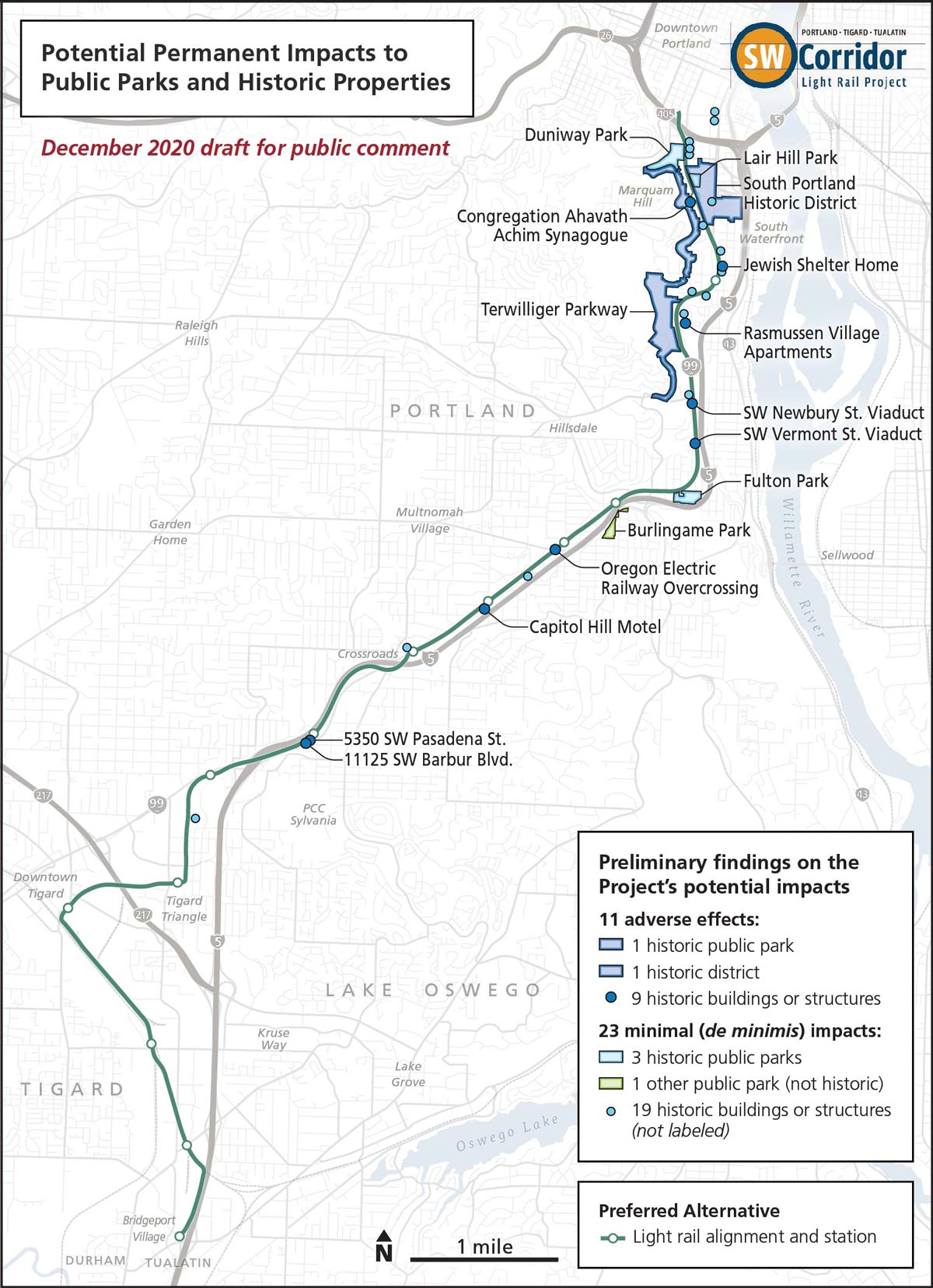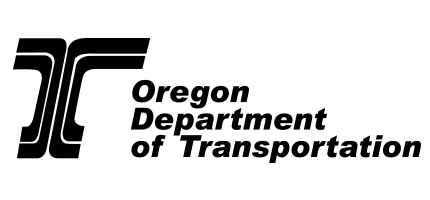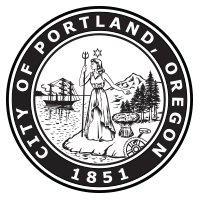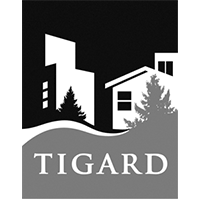Preliminary Determinations
The FTA is proposing to make the following determinations under Section 106 and Section 4(f). The key findings are included in the map above.
Section 106
The Project evaluated 619 structures in the APE, and 79 are recommended eligible for listing in the NRHP. Of the NRHP-eligible historic properties, 11 would be adversely affected by the project.
Thirteen archaeological sites were identified in the APE, of which nine were recommended ineligible for listing in the NRHP. The remaining four would be evaluated when the project moves toward construction. Potential impacts on archaeological resources, including undocumented resources, would be addressed through implementation of an Archaeological Site Protection and Monitoring Plan and an Inadvertent Discovery Plan.
The FTA and TriMet have proposed mitigation for the adverse effects on the 11 adversely affected historic properties, which are outlined in the Potential Impacts and Mitigation for Historic Properties and Public Parks document. These mitigation measures will be finalized in consultation with Native American Tribes and other consulting parties and will be described in a signed Memorandum of Agreement between TriMet, SHPO and the FTA.
Section 4(f)
There are 82 Section 4(f) properties in the project study area: 79 historic properties (of which five are also public parks), and three additional public parks that are not historic.
The project would result in an impact that is greater than minimal on 11 Section 4(f) properties. (These 11 properties are also historic properties, and would also be adversely affected under Section 106.)
Of the remaining 71 Section 4(f) properties, 23 properties would be permanently impacted at a minimal (de minimis) level, and 11 would be temporarily used during construction and restored to their previous condition.
The remaining 37 Section 4(f) properties would not be used by the Project under Section 4(f).
FTA and TriMet have proposed measures to avoid impacts and minimize harm to Section 4(f) properties. This has reduced most impacts to be minimal or temporary. Mitigation measures are outlined in the document above.









Comments or questions?
Call 503-962-2150 or email for more information.